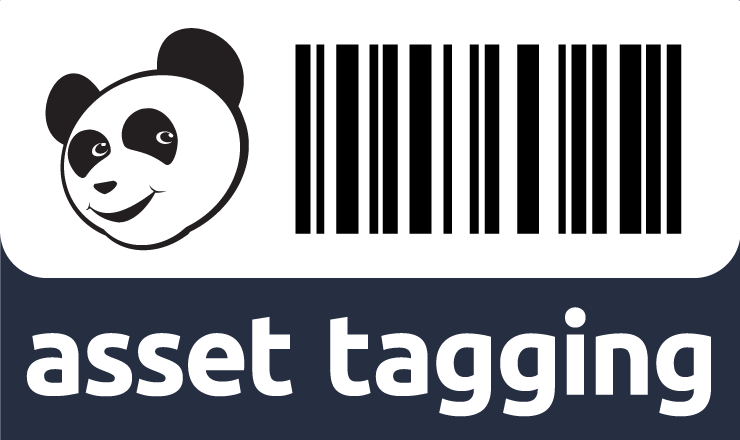Barcode vs RFID Asset Tracking Systems

Any company that stores assets or inventory in a warehouse needs a solid system to track all of their goods. Two of the most common methods most companies use are barcode and RFID asset tracking systems. But how can you decide which one is best for your business?
Understanding how each of them works will help you become better equipped to decide what system is best for the way you do business.
Barcode and RFID Technology
Barcodes use different spaces of black and white to represent a number 1-9. Each item has a different number assigned to it. When those numbers are combined, they create the barcode label you see on each item. When scanned with a device hooked up to your database, they will immediately pull up the item attached to that number.
Barcodes require a database to track the items you’re selling or storing, barcode labels, and scanners to read those labels.
RFID stands for radio-frequency identification. It uses small tags with specific radio waves to allow access and item identification. These radio waves make workplace movement and item distribution easy to track and record.
RFID technology has three components: a tag, a reader, and an antenna. Tags are made of a circuit and antenna. Those two parts transmit data to the reader via radio wave, which then turns that into information.
Most tags are stored within a chip or card to protect them. These tags are incredibly small.
Benefits and Disadvantages of Barcode Asset Tracking Systems
Barcodes make it easy to track thousands of items with slight variations in the label. They don’t require any fancy technology to create, and you could probably print them with a printer you have at home and they would still work just fine.
Barcode asset tracking systems are frequently used in the following industries:
- Government departments
- Healthcare
- Online businesses
- Retail
- Schools
- Sports and related entertainment
One of the most common disadvantages of barcode labels is that the stickers can wear down. Damaged labels are difficult for scanners to read and may not be picked up at all. Barcodes also must be within line of sight, or they won’t be read.
Benefits and Disadvantages of RFID Asset Tracking Systems
RFID asset tracking systems have different benefits and disadvantages than barcode systems. One of the biggest differences is that RFID tags don’t have the range of sight limitations. It can also scan multiple items at once, saving you time if you have dozens of items that need scanning.
RFID technology is often used in the following areas:
- Asset tracking
- Controlling access to specific areas
- Counterfeit protection
- Employee and personnel tracking
- ID badges
- Inventory management systems
- Supply chain management systems
Implementing an RFID tracking system can get expensive. Metal and water can also interfere with scanning abilities. Unauthorized readers can pick up on your items and get your item data, and since they don’t need line of sight, you may not know who or what is scanning your information.
How to Determine Which is Best for You
Determining which solution is right for you requires you to weigh several factors. What conditions are your items stored in? How many items do you need to scan at any given time? Do you have to worry about items getting in the way of your asset tracking readers?
Asset Panda offers a barcode tracking solution and we'd love to help you determine what solution is best for you based on your specific company requirements. Try Asset Panda free for 14 days today (no card required) and we’ll give you a free consultation about the right system for you!
Related News & Press

Learn more from an Asset Panda expert
Get a FREE consultation with an asset tracking expert to find out how you can transform your asset tracking.
Contact our Sales Team at (888) 928-6112


